|
Tamron SP 24-70mm f/2.8 Di VC USD G2 - Review / Test Report - Sample Images & Verdict |
|
Lens Reviews -
Canon EOS (Full Format)
|
|
Page 3 of 3

Sample Images
Click on an image to download the full-size variant.
 |
| Make | Canon |
| Model | Canon EOS 5DS R |
| ISO Speed | 200 |
| Focal Length | 70.0mm |
| Aperture: | f/2.8 |
| Exposure | 1/1250s |
 |
| Make | Canon |
| Model | Canon EOS 5DS R |
| ISO Speed | 200 |
| Focal Length | 48.0mm |
| Aperture: | f/8.0 |
| Exposure | 1/800s |
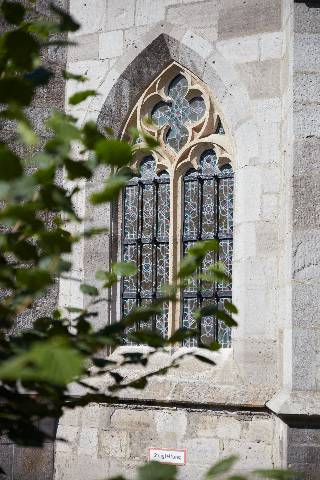 |
| Make | Canon |
| Model | Canon EOS 5DS R |
| ISO Speed | 200 |
| Focal Length | 70.0mm |
| Aperture: | f/2.8 |
| Exposure | 1/2500s |
 |
| Make | Canon |
| Model | Canon EOS 5DS R |
| ISO Speed | 200 |
| Focal Length | 24.0mm |
| Aperture: | f/11.0 |
| Exposure | 1/320s |
 |
| Make | Canon |
| Model | Canon EOS 5DS R |
| ISO Speed | 200 |
| Focal Length | 70.0mm |
| Aperture: | f/2.8 |
| Exposure | 1/5000s |
 |
| Make | Canon |
| Model | Canon EOS 5DS R |
| ISO Speed | 200 |
| Focal Length | 70.0mm |
| Aperture: | f/8.0 |
| Exposure | 1/320s |
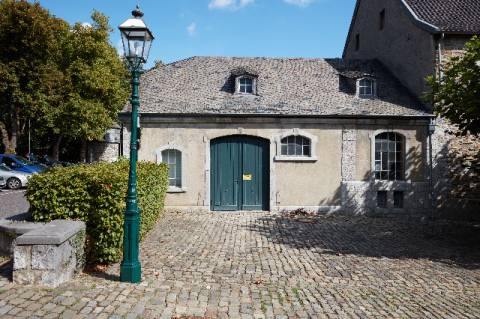 |
| Make | Canon |
| Model | Canon EOS 5DS R |
| ISO Speed | 200 |
| Focal Length | 27.0mm |
| Aperture: | f/8.0 |
| Exposure | 1/250s |
 |
| Make | Canon |
| Model | Canon EOS 5DS R |
| ISO Speed | 200 |
| Focal Length | 24.0mm |
| Aperture: | f/11.0 |
| Exposure | 1/125s |
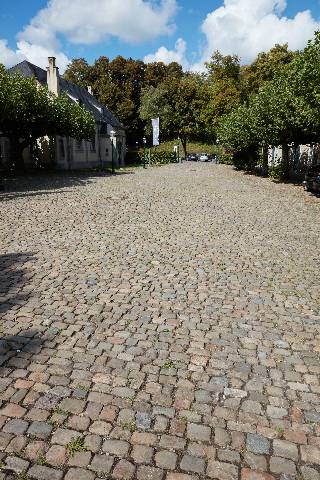 |
| Make | Canon |
| Model | Canon EOS 5DS R |
| ISO Speed | 200 |
| Focal Length | 24.0mm |
| Aperture: | f/11.0 |
| Exposure | 1/200s |
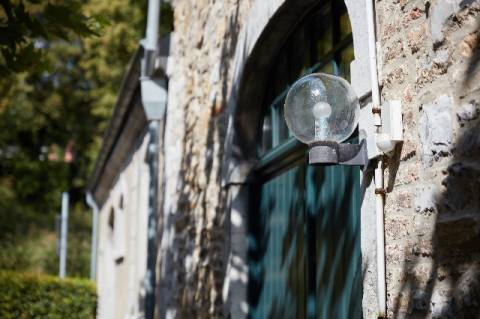 |
| Make | Canon |
| Model | Canon EOS 5DS R |
| ISO Speed | 200 |
| Focal Length | 70.0mm |
| Aperture: | f/2.8 |
| Exposure | 1/2000s |
 |
| Make | Canon |
| Model | Canon EOS 5DS R |
| ISO Speed | 200 |
| Focal Length | 70.0mm |
| Aperture: | f/2.8 |
| Exposure | 1/2500s |
 |
| Make | Canon |
| Model | Canon EOS 5DS R |
| ISO Speed | 200 |
| Focal Length | 24.0mm |
| Aperture: | f/9.0 |
| Exposure | 1/15s |
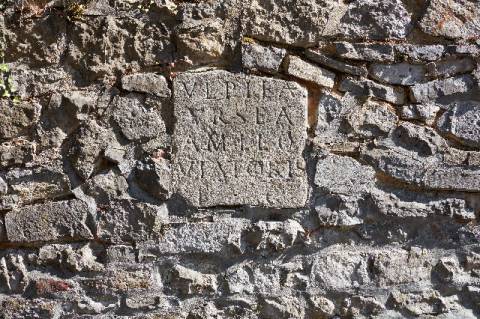 |
| Make | Canon |
| Model | Canon EOS 5DS R |
| ISO Speed | 200 |
| Focal Length | 70.0mm |
| Aperture: | f/9.0 |
| Exposure | 1/100s |
 |
| Make | Canon |
| Model | Canon EOS 5DS R |
| ISO Speed | 200 |
| Focal Length | 51.0mm |
| Aperture: | f/5.6 |
| Exposure | 1/1000s |
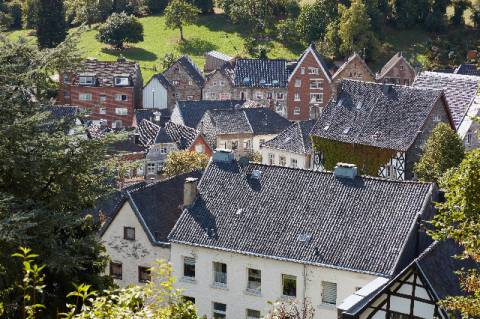 |
| Make | Canon |
| Model | Canon EOS 5DS R |
| ISO Speed | 200 |
| Focal Length | 70.0mm |
| Aperture: | f/9.0 |
| Exposure | 1/100s |
Competition
As mentioned the 24-70mm f/2.8 class is a rather crowded place with no less than 4 different lenses to choose from. The Canon EF 24-70mm f/2.8 USM L II (to the right) is certainly the preferred lens among professionals, albeit, to be honest, we are actually not all that much thrilled by it. By today it is also a little dated. The Sigma 24-70mm f/2.8 DG HSM OS (center, the Tamron is on the left) is certainly the most obvious competitor - we'll review this one in our following review. The underdog in this range and the most affordable option is the Tokina AF 24-70mm f/2.8 AT-X PRO FX. Just like the Canon, this one comes without an image stabilizer.
 Visual comparison courtesy of camerasize.com.
Visual comparison courtesy of camerasize.com.
Verdict
If you had the breath to read our review until here, you might be thinking that the Tamron SP 24-70mm f/2.8 Di VC USD G2 isn't worth it. That is not our conclusion, though. As mentioned above, fast standard zoom lenses are difficult to design and they always come with some compromises. In the case of the Tamron lens, that's certainly the soft corner performance at f/2.8. The question may be whether this aspect is all THAT important. After all such a large aperture is often used for shallow depth-of-field scenes. At medium apertures, the image quality is actually very high. If your camera doesn't have an insane amount of megapixels, you will be quite happy from f/4 already. Lateral CAs aren't overly pronounced except in the extreme corners at 24mm. The barrel distortion is a bit high at the wide end but generally in line with what we've seen elsewhere in this class. The same goes for the vignetting characteristic. Regarding the bokeh, out-of-focus highlights are a bit on the rough side but otherwise, it is quite good by standard zoom lens standards at least.
The build quality of the lens is very high and certainly an improvement over the 1st generation of this lens. We'd still give the Canon L and Sigma ART lenses a slight edge in this respect. The AF is both fast and near silent although, at least in our sample, not super accurate. A differentiator is the image stabilizer. Its efficiency impressed us during our field tests - which also means that you can often avoid using f/2.8 in low-light situations unless needed for scene composition reasons.
Overall, the Tamron lens is a solid performer in this class with a couple of hiccups. In our next review, we'll have a look at whether the Sigma 24-70mm f/2.8 DG HSM OS ART can avoid those.
Optical Quality @ 50mp:
★★★★★
Optical Quality @ 21mp:
★★★★★
Mechanical Quality:
★★★★★
What does this mean ?
|